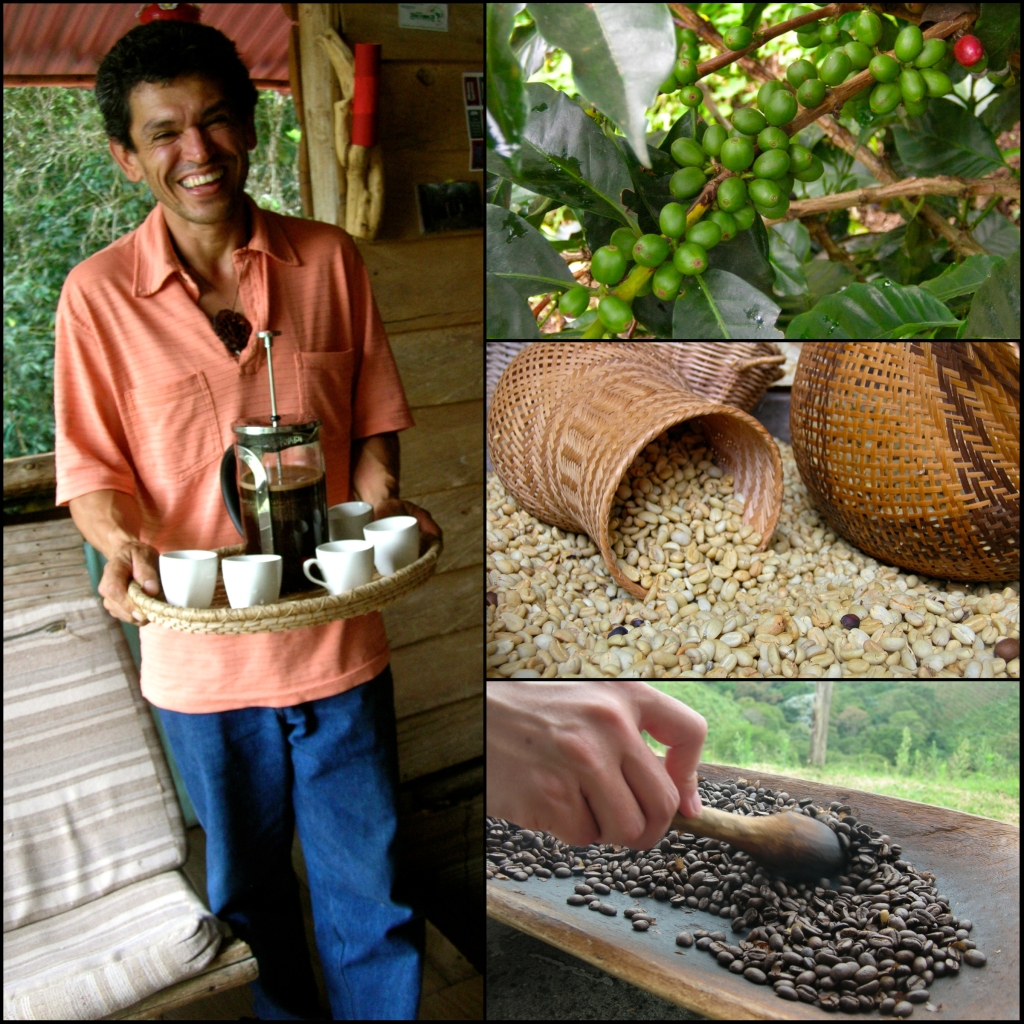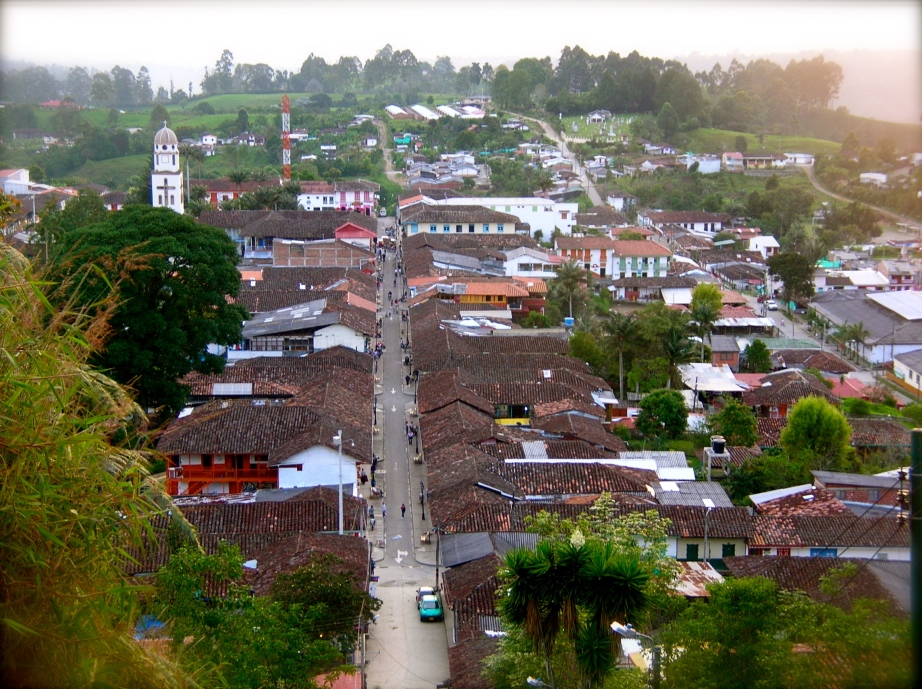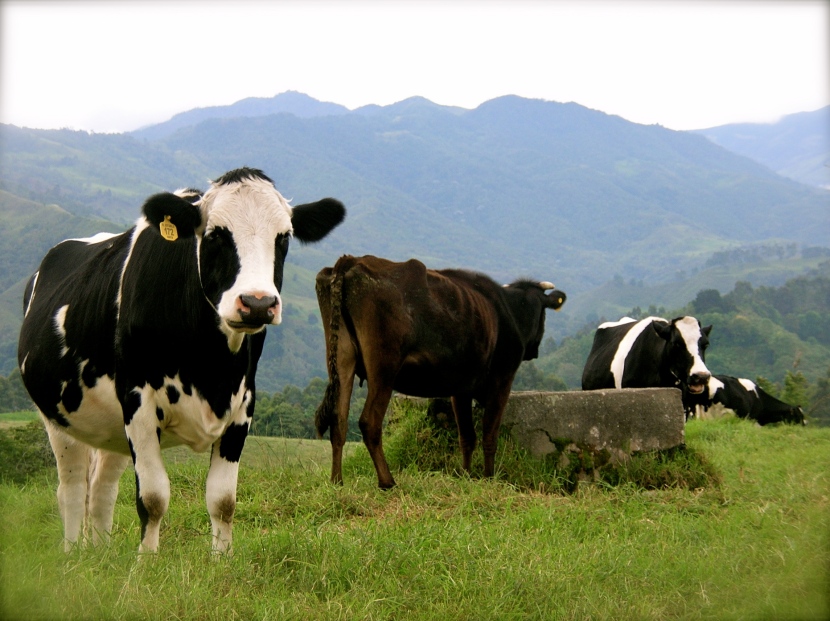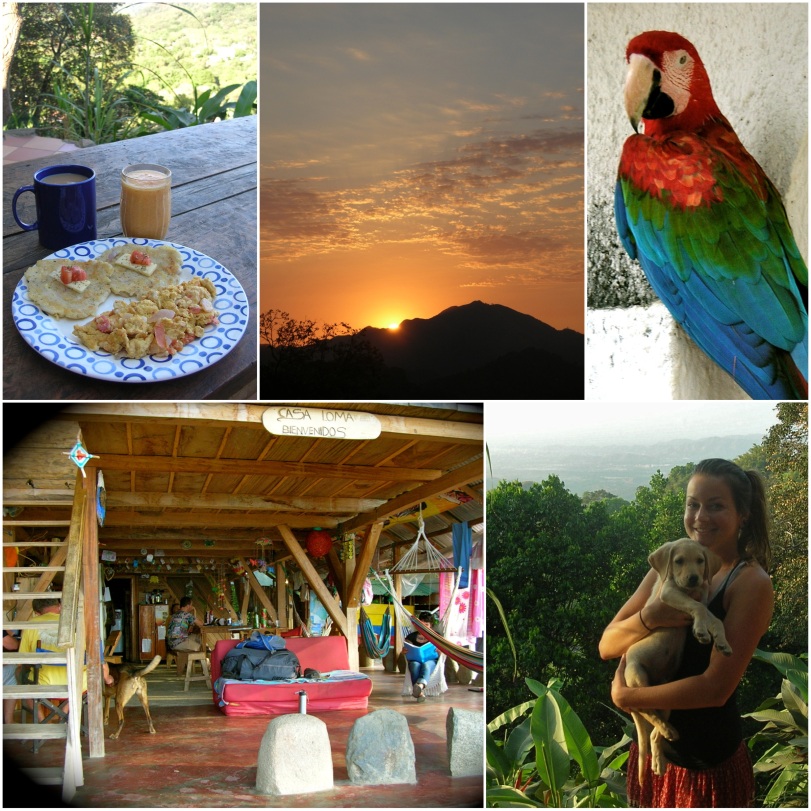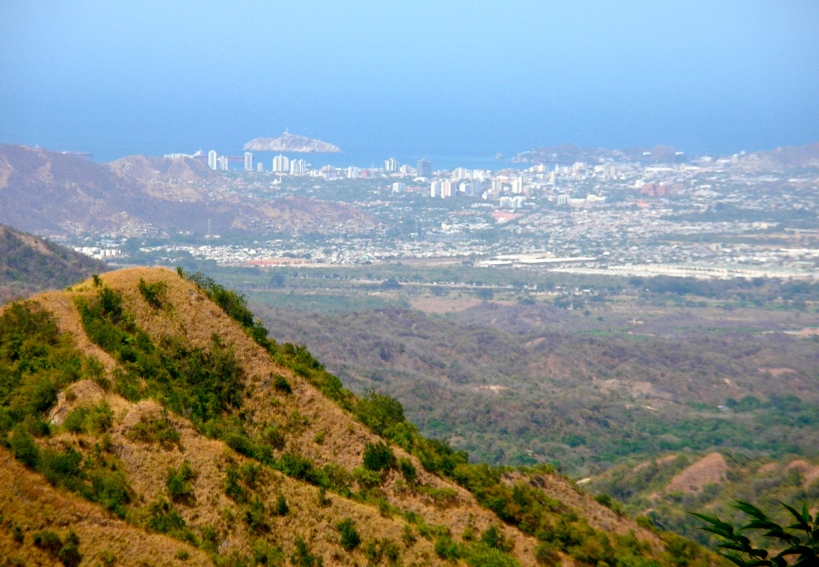If there’s a place encompassing my idea of perfection in Latin America, it would be the town of Salento. In this little coffee town of Quindio, Colombia, everything is just right.
The town itself is quiet, but not sleepy. People there are super friendly, but not in your face or pushy. The colonial-style buildings are colorful but not flashy. The main street in town is lined with local artisans selling beautiful handcrafted goods (woven sweaters and ponchos, copper jewelry, pottery, sculptures, planters, etc) – not plastic keychains and cheap souvenirs. They grow the best coffee in the world, and they’re in love with it. Aside from the pure coffee that is grown, roasted, and brewed by the people who know coffee best, local shops sell coffee-infused everything – cookies, caramel (cafequipe), liquor, chocolate-coated beans, you name it.
I never expected to encounter a landscape so utterly ideal and flawless – but here it is. Any direction you look, lush green mountains roll into the distance, scattered with palms and tropical flowers and trees, dairy cows and horses. Needless to say there is ample space to hike and run and stretch your legs, which will surely be strong and toned with all the steady hills and winding dirt roads. If this were a town in the States, no doubt it would be taken over by young outdoorsy hippies like many Colorado, Oregon, and California towns these days (not to be stereotypical ;) But instead it’s populated with local artisans, coffee farmers, cowboys, and the small population of backpackers who come (often staying longer than planned) and go.
The climate is like none other I’ve encountered. There can be intense sunshine, cool fog, rain, lightning, and silver-lined, pillowy clouds all in one day. The tropical vegetation suggests it is humid and wet, but in fact the air is a perfectly comfortable not-cold, not-hot, not wet nor dry. It’s obviously the coffee plant’s ideal climate as well. The horses and dogs are hearty and well-fed. The cows here look genuinely happy – but really, how could they not be?
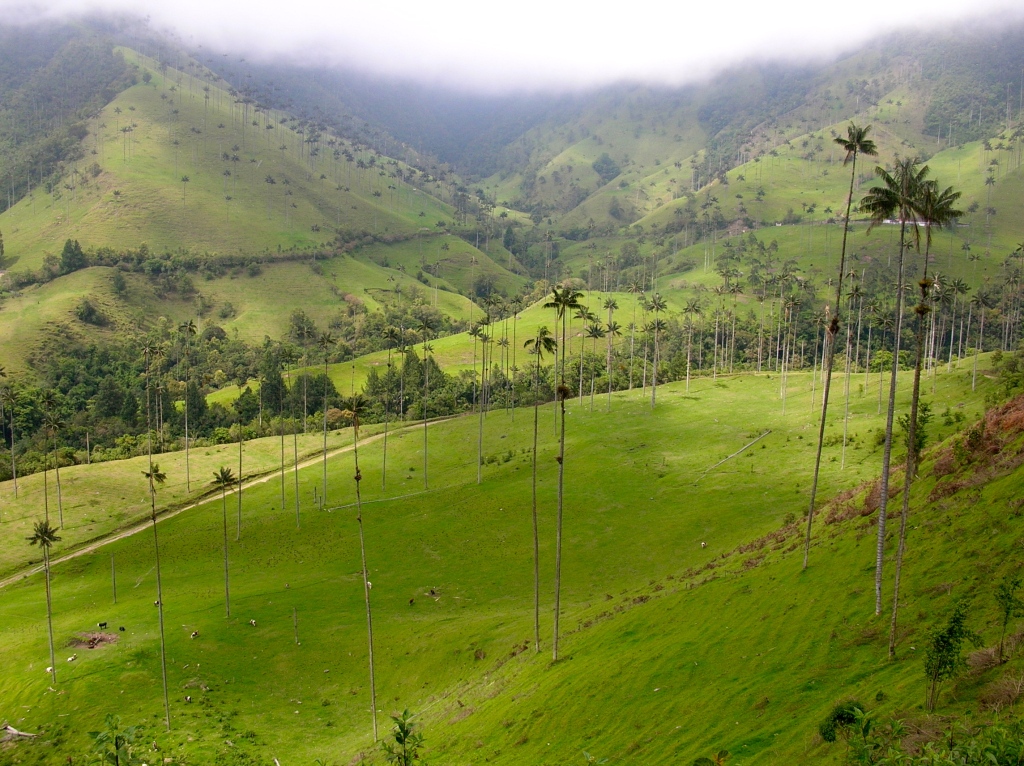
It doesn’t hurt that the hostel I stayed (and then volunteered) at – set amid a 200-acre picturesque dairy farm – feels more like a big cozy house than a hostel; like a communal living space where everyone cooks together, plays together, and lounges together. It’s safe enough to walk the 15 minutes home down a dirt road by your lonesome after dark (and that’s not just me being risky, it really is safe). I’m usually cautious about carrying valuables with me, but this is the first place in Latin America I’ve felt good about taking my ipod with me on a run (in Colombia of all places, to all you skeptics ;)
And as if I couldn’t enjoy my stay in Salento any more, there is a cafe that will deliver brownies filled with a thick layer of homemade peanut butter, right up to the door of the hostel.
